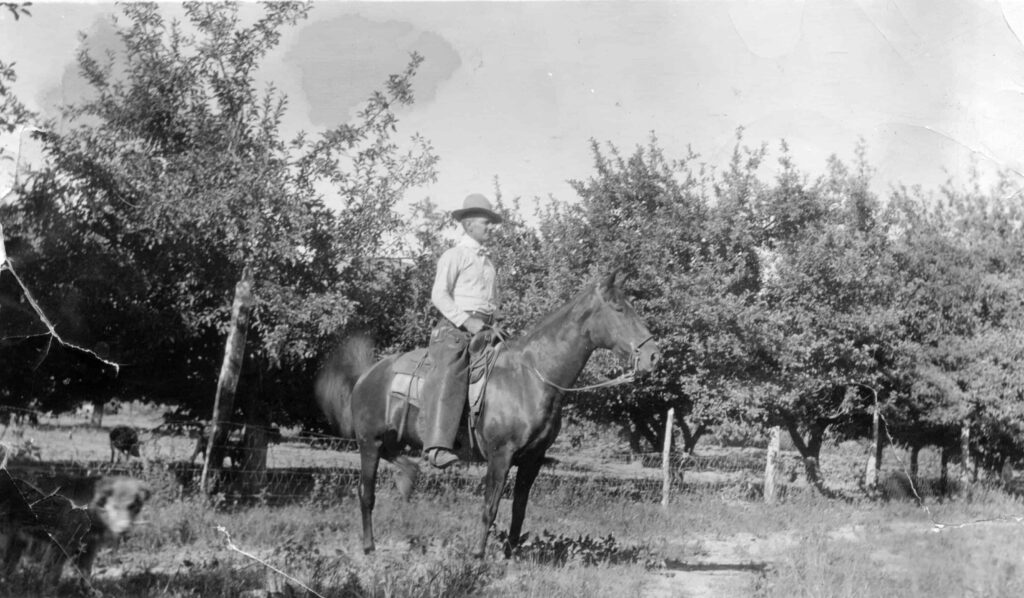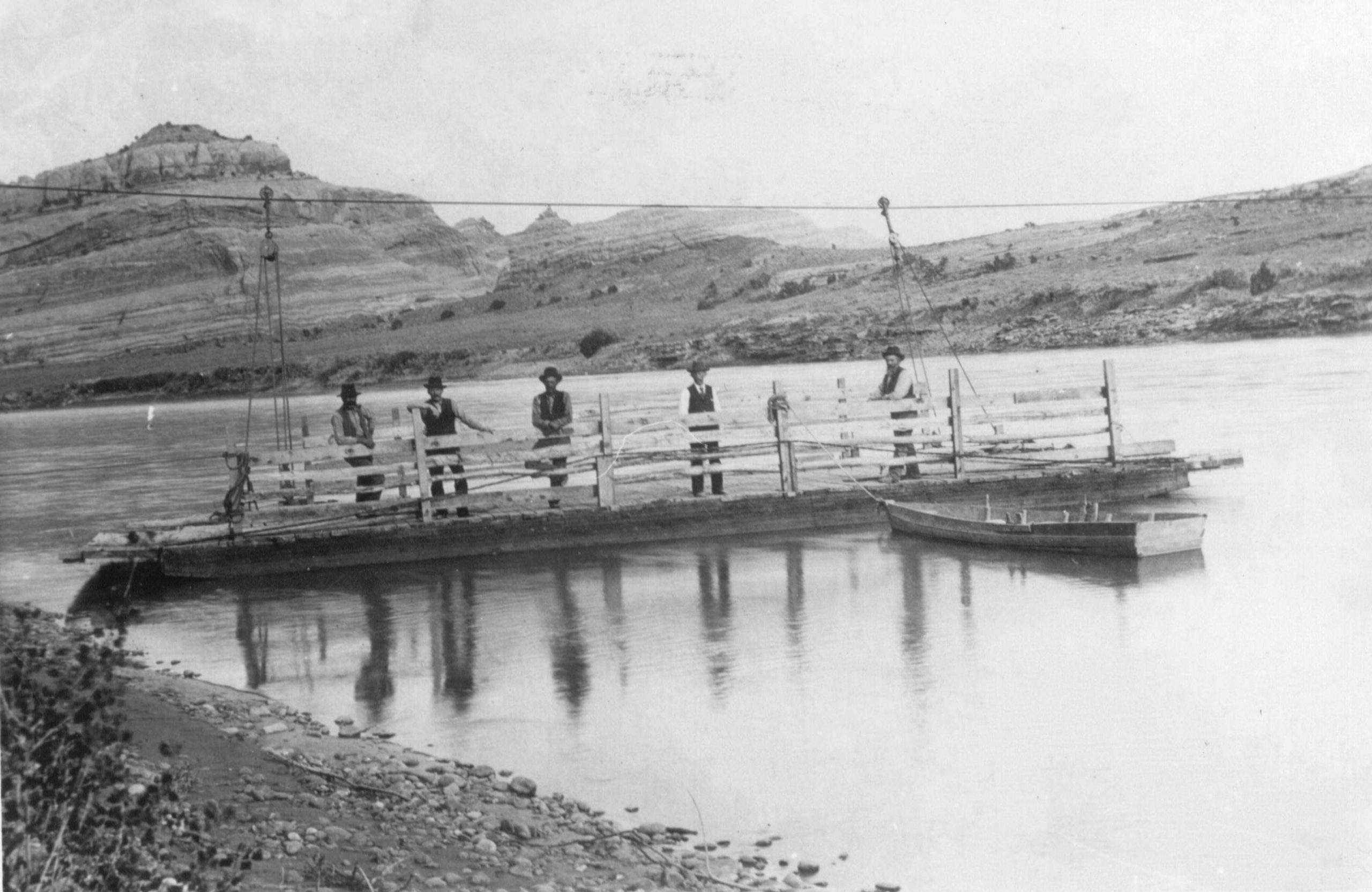Some information may be outdated.
How did people make a go of it before the uranium boom of the 1950s? It’s a question asked frequently by visitors to the Museum, and it’s a question posed as part of the temporary exhibit currently on display. Moab’s economy has shifted significantly since the town was settled as a remote ranching outpost in the 1880s. Cattle once reigned as Moab’s driving economic force: cattlemen from around the region spurred early investment in Moab’s historic business district downtown. Agriculture, including orchards in the Moab Valley, supported early settlers of the region. Mining and petroleum exploration in various parts of the vast county brought financial opportunities as well. The uranium boom of the 1950s made Moab a boomtown, and today tourism is the dominant industry.
Generations of Moabites have adapted to these shifting economic forces, and many oral histories in the Museum’s Collection tell the stories of residents who earned money in numerous different ways throughout their lives.
Early settler Martha Wilcox Westwood Foy spent several years living in Dewey, Utah with her husband and their children. In the tiny settlement of Dewey, Martha operated a boarding house and handled the mail that passed through Dewey on its way to remote settlements of Grand County around the turn of the twentieth century. In recollections in the Museum’s Oral History Collection, Martha explained her daily routine:
“I got 25 cents a meal for the steady boarders and 35 cents for the transients. The mail from Cisco to Castleton and other outlying districts came with the stage, arriving there at eleven o’clock. I had to have dinner for the stage driver and all those who came in with the stage by 11:30 so that while they ate, I had to handle all the mail that came through.”
Martha’s husband Richard Dallin Westwood similarly wore multiple hats: he was both the ferry operator at Dewey and the county’s sheriff. Beyond the Westwoods, many other early Moabites have shared stories illustrating varied jobs.

Some found great success in Moab’s various industries over time. “When John E. Pace was about eight years old, he worked and saved $2.50 to buy a heifer calf and six months later he bargained for another calf, beginning his cattle herd,” wrote Donna and Larry Pace in their Pace Family History in the Museum’s Oral History Collection. Brothers Sid and John Pace established a large ranching outfit in the region beginning in the late 1800s.
“Others, like Howard Balsley… were too broke to leave, and stayed to make Moab history,” explained Essie White Larsen in a 1997 oral history interview. “Old timers can still remember young Balsley, in striped trousers and spats, picking his way across the dusty thoroughfare called Main Street. But youth was on his side, and he refused to accept defeat. He became a prominent Moab citizen, and is listed among many ‘firsts’ in canyon country history. His greatest contribution was to the uranium industry, which he pioneered by picking out high grade from shallow mines for Madame Curie’s experiments.”
Making a go of it was not easy for everyone, and many Moabites recall challenges. “Moab was a poor town. Now I mean it was poor. You’d get up in the morning and you did not know what you were going to have to eat for supper… we ranched and raised [a] garden, and chickens and pigs, [and had] a milk cow all the time when I was growing up,” explained Leo Burr, born in 1916, in a 1997 oral history interview. This sentiment is a common one in the Museum’s Oral Histories: while Moab has been a place of some tremendous economic booms, it’s also been a place of economic hardship.
These stories and many more are currently on exhibit at the Moab Museum as part of a temporary exhibit entitled A Grand Heritage: Stories from the Oral History Archives, on view through the month of April. The Museum’s Oral History Collection is a publically accessible resource, available to community members by appointment with Museum staff.
The Moab Museum is dedicated to sharing stories of the natural and human history of the Moab area. To explore more of Moab’s stories and artifacts, find out about upcoming programs, and become a Member, visit www.moabmuseum.org.
Appreciate the coverage? Help keep local news alive.
Chip in to support the Moab Sun News.





